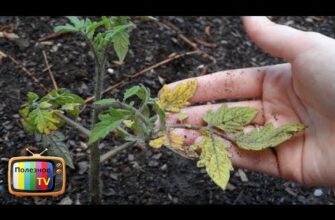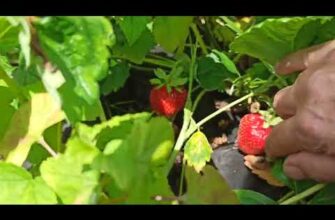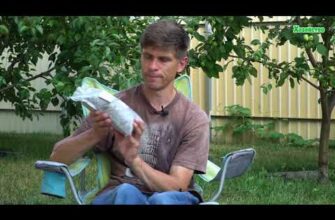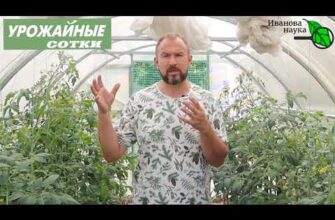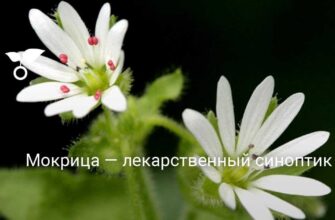- Огурцы: лучший сорт для раннего выращивания в тени
- Выбор гибридного сорта огурца для тени
- Особенности выращивания огурцов в тени
- Возможности раннего выращивания огурцов в тени
- Основные преимущества теневыносливых гибридных сортов огурцов
- Секреты успешного ухода за огурцами в тени
- Как обеспечить огурцам достаточное количество света в тени
- Выбор теневыносливого гибрида огурца
- Создание дополнительного освещения
- Правильное размещение растений
- Правила полива огурцов в тени
- Оптимальная температура для выращивания огурцов в тени
- Как защитить огурцы от болезней и вредителей в тени
- Используйте лучший теневыносливый гибрид огурца для раннего выращивания
- Применяйте меры профилактики и контроля
- Сроки сбора урожая теневыносливых гибридных огурцов
- Рекомендации по использованию урожая огурцов в тени
- Свежие огурцы
- Маринованные огурцы
- Огуречный сок
- Огуречные маски для лица
- Популярные сорта теневыносливых гибридных огурцов
- Сорт «Зеленый палец»
- Сорт «Лимонный гибрид»
- Сорт «Белоснежный гибрид»
- Вопрос-ответ:
- Какой сорт огурца является лучшим для выращивания в тени?
- Какие особенности у сорта «Пальчики оближешь»?
- Какие условия выращивания предпочитает сорт «Пальчики оближешь»?
- Какие уходовые мероприятия требуются при выращивании сорта «Пальчики оближешь»?
- Когда можно собирать урожай сорта «Пальчики оближешь»?
- Видео:
- ФОРМИРОВАНИЕ ОГУРЦОВ ДЛЯ БОЛЬШОГО УРОЖАЯ

Выбор подходящего сорта огурца для выращивания может стать настоящей головной болью для каждого садовода. Но если вы ищете идеальный вариант для раннего выращивания, то ваш поиск заканчивается здесь! Лучший теневыносливый гибрид огурца – это настоящая находка для любого садовода, который хочет получить ранний и богатый урожай.
Этот гибрид огурца обладает превосходной способностью адаптироваться к различным условиям выращивания. Он не требует большого количества солнечного света и может расти в полутени или даже в тени деревьев и заборов. Благодаря этому уникальному свойству, садоводы могут выращивать эти огурцы практически в любом уголке своего сада.
Но самое главное – вкус и качество огурцов этого гибрида. Они нежные, хрустящие и сочные, словно маленькие пальчики, которые просто оближешь! Благодаря своей ранней зрелости, огурцы этого гибрида можно собирать уже через несколько недель после посева, и наслаждаться свежими огурцами даже в самый ранний период сезона.
Огурцы: лучший сорт для раннего выращивания в тени
Огурцы — это одна из самых популярных культур для выращивания в саду или на приусадебном участке. Любители свежих овощей всегда стремятся получить первые урожаи как можно раньше. Для этого необходимы специальные сорта, которые лучше всего растут в тени и имеют высокую устойчивость к неблагоприятным условиям.
Одним из лучших теневыносливых сортов огурцов для раннего выращивания является сорт «Пальчики оближешь». Он отличается высокой устойчивостью к низким температурам и затенению, что позволяет выращивать его даже в тенистых уголках сада. Этот сорт имеет компактный куст с многочисленными плодами, которые приносят обильный урожай.
Раннее выращивание огурцов в тени позволяет получить свежие овощи уже в начале лета, когда большинство других сортов еще только начинают плодоносить. Сорт «Пальчики оближешь» отлично подходит для выращивания в тенистых районах, где солнечного света не так много. Это делает его идеальным выбором для тех, кто хочет получить ранний урожай огурцов, не зависимо от условий выращивания.
Если вы хотите получить лучший урожай огурцов в самом начале сезона, выберите сорт «Пальчики оближешь». Он позволит вам насладиться свежими и сочными огурцами уже в мае-июне, когда другие сорта только начинают плодоносить. Выращивание этого сорта в тени не представляет сложностей, а результаты обязательно вас порадуют.
Выбор гибридного сорта огурца для тени
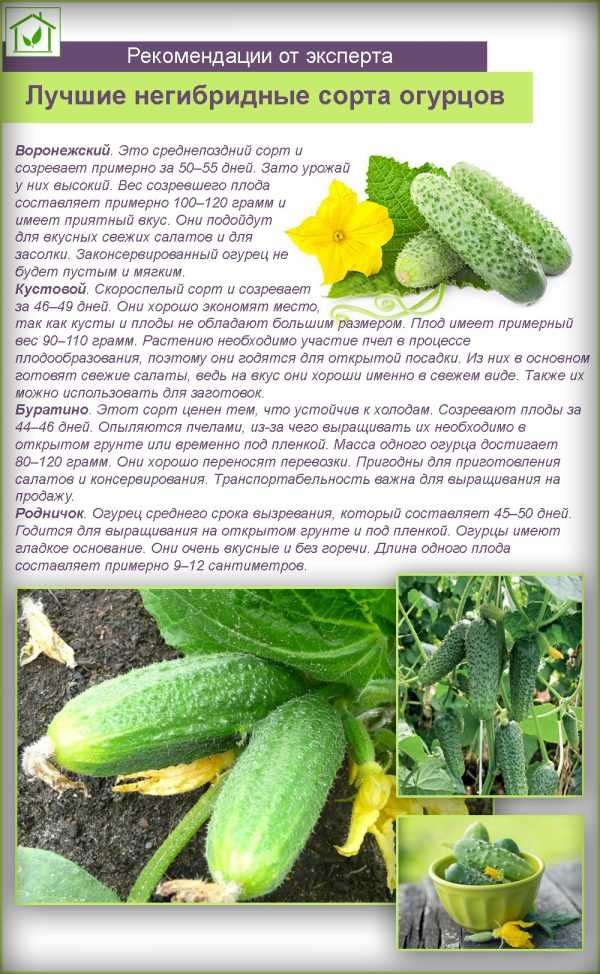
При выращивании раннего гибридного сорта огурца в тени, выбор лучшего варианта играет важную роль. Чтобы получить обильный урожай и насладиться вкусом сочных огурчиков «пальчики оближешь», необходимо правильно подобрать гибрид.
Одним из лучших вариантов для тени является гибрид огурца, обладающий хорошей теневыносливостью. Такие сорта могут расти в условиях недостатка солнечного света и при этом сохранять высокую продуктивность.
Одним из примеров такого гибрида является сорт «Теневик». Он имеет устойчивость к засухе и низким температурам, что позволяет выращивать его в ранние сроки. Кроме этого, «Теневик» обладает отличным вкусом и хрустящей структурой, что делает его идеальным выбором для любителей свежих огурцов.
Еще одним интересным вариантом для тени является гибрид «Сияние». Этот сорт отличается быстрым созреванием и высокой урожайностью. Он имеет прекрасную толерантность к холоду и тени, что позволяет выращивать его в раннем периоде. «Сияние» радует своим вкусом и красивым внешним видом, делая его популярным среди садоводов.
Особенности выращивания огурцов в тени

Огурец — это растение, которое требует особого внимания при выращивании. Для получения раннего урожая и хорошего качества плодов, важно выбрать правильный сорт, который будет теневыносливым. Одним из таких сортов является гибрид, который буквально заставит вас облизывать пальчики от вкуса.
Выращивание огурцов в условиях тени имеет свои особенности. Во-первых, необходимо выбрать подходящее место для посадки. Огурцы предпочитают небольшую полутень или легкую тень, чтобы избежать пересушивания и перегрева почвы. Во-вторых, следует обратить внимание на систему полива. В тени почва дольше сохраняет влагу, поэтому полив огурцов должен быть умеренным.
Раннее выращивание огурцов в тени позволяет получить первый урожай уже в начале лета. Для этого можно использовать различные методы и средства защиты от солнца, например, сетки для затенения или самораскрывающиеся укрытия. Важно помнить, что при использовании укрытий необходимо обеспечить хорошую вентиляцию, чтобы избежать перегрева растений.
Оближешь свои пальчики от удовольствия, когда попробуешь первые сочные и ароматные огурцы, выращенные в тени. Используя правильные методы и сорта, можно получить ранний урожай высокого качества. Не забывайте о регулярном уходе за растениями, включая своевременное поливание и подкормку. Только так можно достичь желаемого результата и насладиться свежими огурцами в начале лета.
Возможности раннего выращивания огурцов в тени
Огурец — одна из самых популярных овощных культур, которую выращивают в саду или на приусадебном участке. Он отличается высокой урожайностью и универсальностью использования. Возможность раннего выращивания огурцов в тени позволяет получить первый урожай еще до начала лета.
Для достижения хороших результатов в выращивании огурцов в тени рекомендуется выбирать лучшие сорта, особенно гибриды. Они обладают высокой степенью устойчивости к заболеваниям и позволяют получить качественные и вкусные плоды. Один из таких гибридов – пальчики оближешь! Он характеризуется быстрым созреванием и отличной адаптацией к растениям в тени.
Выбор места для выращивания огурцов в тени играет важную роль. Лучше всего подходят места с частичной тенью, где растения получают достаточно света, но при этом не перегреваются. Можно использовать специальные укрытия или арки, чтобы создать теневой участок. Такие условия позволят огурцам развиваться равномерно и приобретать насыщенный зеленый цвет.
Важно помнить, что раннее выращивание огурцов в тени требует особого внимания к поливу и удобрению. Регулярное поливание и подкормка специальными удобрениями помогут обеспечить растения необходимыми питательными веществами и водой. Также рекомендуется проводить своевременное удаление сорняков и обработку растений от вредителей.
В результате правильного подхода к раннему выращиванию огурцов в тени можно получить отличный урожай с вкусными и сочными плодами. Этот метод выращивания особенно полезен для тех, кто хочет насладиться свежими огурцами еще до начала лета и удивить своих гостей вкусными блюдами.
Основные преимущества теневыносливых гибридных сортов огурцов
Теневыносливые гибридные сорта огурцов – это идеальный выбор для раннего выращивания, который позволяет получить высокий урожай и вкусные плоды, оближешь пальцы! Они отличаются от других сортов огурцов своей способностью приспосабливаться к неблагоприятным условиям выращивания, таким как недостаток освещения.
Главное преимущество теневыносливых гибридных сортов огурцов – их способность расти и развиваться под плотной затененностью без ущерба для урожая. Они обладают высокой степенью адаптации к малосолнечным условиям, что позволяет выращивать их в теневых участках сада или на балконе, где прямые солнечные лучи попадают не так часто.
Теневыносливые гибриды огурцов отличаются от обычных сортов не только своей способностью расти в условиях недостатка света, но и другими полезными свойствами. Они обладают высоким уровнем устойчивости к различным болезням и вредителям, что делает их более надежными в выращивании и уходе.
Кроме того, теневыносливые гибриды огурцов имеют отличный вкус и прекрасно подходят для свежего употребления и консервирования. Их плоды обладают сочным мякотью, хрустящей текстурой и нежным ароматом. Эти сорта огурцов прекрасно дополнят вашу диету своими полезными свойствами и витаминным составом, позволяя наслаждаться свежими овощами на протяжении всего сезона.
Секреты успешного ухода за огурцами в тени

Огурцы – лучший выбор для выращивания в тени, особенно если вы предпочитаете более теневыносливый гибрид. Они не только прекрасно растут в таких условиях, но и способны порадовать вас вкусными и сочными плодами.
Выбор подходящего места для выращивания огурцов в тени – один из ключевых моментов. Они нуждаются в достаточном количестве света, но при этом лучше, чтобы солнечные лучи не попадали на них в прямом виде. Поэтому отличным местом может быть тенистая сторона сада или балкона.
Правильный полив – еще один важный аспект ухода за огурцами в тени. В таких условиях они не испаряют столько жидкости, как при прямом солнечном освещении. Но в то же время, они все равно требуют регулярного полива. Не допускайте пересыхания почвы, но и избегайте излишней влажности.
Подбор сорта – это важный шаг в выращивании огурцов в тени. При выборе гибрида огурца обратите внимание на его теневыносливость и раннюю зрелость. Подходящий гибрид обеспечит вам богатый урожай, который позволит вам пальчики облизать!
Как обеспечить огурцам достаточное количество света в тени
Выращивание огурцов в условиях тени может быть сложной задачей, так как эти растения являются светолюбивыми и требуют достаточного количества солнечного света для нормального роста и развития. Однако, существует ряд способов, которые позволят обеспечить огурцам необходимое количество света, даже в условиях недостаточной освещенности.
Выбор теневыносливого гибрида огурца
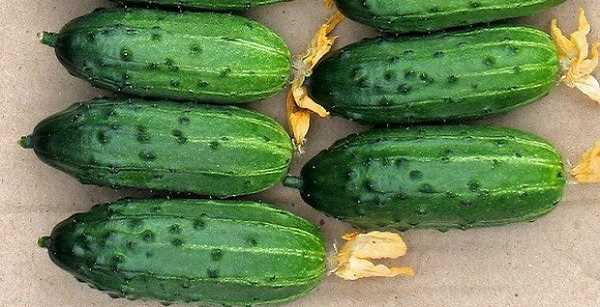
Для успешного выращивания огурцов в тени необходимо выбрать подходящий сорт или гибрид огурца, который обладает повышенной теневыносливостью. Такие сорта отличаются способностью растений адаптироваться к недостаточному освещению и продолжать нормальное развитие даже при низком уровне света. При выборе гибрида огурца для теневого выращивания следует обратить внимание на его описание и рекомендации производителя, а также учитывать условия своего садового участка.
Создание дополнительного освещения
Если тени на участке слишком густые и естественного света недостаточно, можно создать дополнительное освещение для огурцов. Для этого можно использовать специальные фитолампы или светодиодные лампы, которые имитируют солнечный свет и обеспечивают растениям необходимый спектр света для фотосинтеза. Важно правильно регулировать время и продолжительность освещения, чтобы не перегреть растения или вызвать стресс.
Правильное размещение растений
Для обеспечения огурцам достаточного количества света в тени также важно правильное размещение растений на участке. Рекомендуется выбирать такие места, где есть как можно больше света, например, около высоких деревьев или заборов, чтобы огурцы получали дополнительное освещение от отраженного света. Также можно использовать специальные конструкции, такие как вертикальные грядки или подвесные горшки, чтобы обеспечить огурцам доступ к свету со всех сторон.
Правила полива огурцов в тени
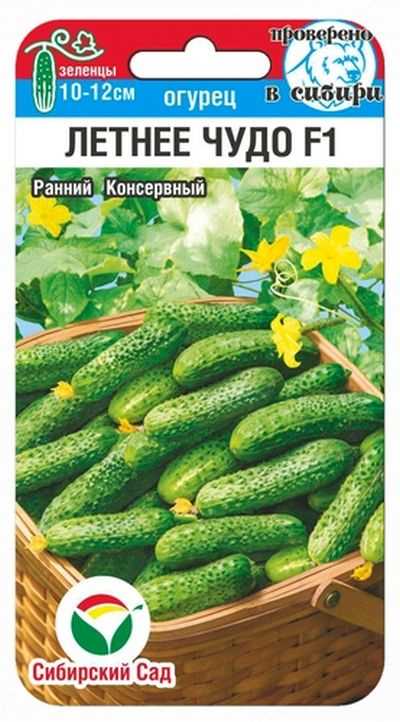
Так стоп!!! Вы всё ещё не подписаны на наши каналы в Телеграмм и Дзен? Посмотрите: ТГ - (@historyfantasydetectivechat) и Дзен (https://dzen.ru/myshortsstorys)
Гибриды огурцов, способные выдерживать недостаток солнечного света, становятся все более популярными среди садоводов. Одним из таких сортов является теневыносливый гибрид огурца для раннего выращивания. Он отлично справляется с неблагоприятными условиями, позволяя получить вкусные и сочные огурцы уже на ранних стадиях выращивания.
Для успешного выращивания огурцов в тени необходимо соблюдать определенные правила полива. Во-первых, огурцы нуждаются в регулярном поливе, особенно в период активного роста и образования плодов. Недостаток солнечного света влияет на процессы фотосинтеза и усвоения влаги растениями, поэтому полив должен быть более интенсивным и частым.
Во-вторых, важно регулировать объем и температуру воды при поливе огурцов в тени. Холодная вода может вызвать стресс у растений и замедлить их рост, поэтому рекомендуется использовать теплую или комнатную воду. Также следует избегать переувлажнения почвы, чтобы избежать гниения корней и возникновения других проблем с растением.
В-третьих, стоит уделить внимание системе полива. Для огурцов в тени рекомендуется использовать капельный полив или полив из под корня, чтобы вода попадала непосредственно к корням растения и не оставляла лишнюю влагу на листве. Это поможет предотвратить развитие грибковых заболеваний и плесени.
Следуя этим простым правилам полива, вы сможете вырастить здоровые и урожайные огурцы даже в условиях недостатка солнечного света. Главное помнить, что огурцы в тени требуют более интенсивного полива и более внимательного ухода, но результат стоит того — вкусные и сочные плоды, которые пальчики оближешь!
Оптимальная температура для выращивания огурцов в тени
Огурцы — это однозначно лучший выбор для тех, кто хочет получить обильный урожай раннего гибрида. И если вы стремитесь иметь пальчики оближешь от своего урожая, то рекомендуется обратить внимание на теневыносливые сорта огурцов.
Теневыносливые сорта огурцов отлично подходят для выращивания в условиях недостатка солнечного света. Их листья способны эффективно использовать даже небольшое количество света, что позволяет получить хороший урожай даже в тени.
Для оптимального выращивания огурцов в тени необходимо поддерживать оптимальную температуру. Идеальная температура для выращивания огурцов в тени составляет примерно 20-25 градусов Цельсия.
При этой температуре огурцы активно растут и развиваются, не теряя своих полезных свойств. Они становятся сочными, хрустящими и ароматными, что делает их прекрасным выбором для свежего употребления или консервации.
Важно помнить, что при выращивании огурцов в тени необходимо обеспечивать достаточное количество влаги и регулярно проводить подкормку растений. Только в таких условиях можно получить самый лучший результат и насладиться богатым урожаем раннего теневыносливого гибрида огурца.
Как защитить огурцы от болезней и вредителей в тени
Используйте лучший теневыносливый гибрид огурца для раннего выращивания
Выбор подходящего гибрида огурца для выращивания в тени является ключевым моментом в защите растений от болезней и вредителей. Лучший гибрид огурца для таких условий должен обладать высокой теневыносливостью, что позволит растению успешно развиваться при недостатке солнечного света.
Пальчики оближешь! Подобрать подходящий гибрид огурца для тени — значит обеспечить себе богатый урожай в условиях неблагоприятных факторов. Такой гибрид будет хорошо справляться с выращиванием в теневых условиях, не теряя своих продуктивных качеств.
Применяйте меры профилактики и контроля

Однако даже лучший гибрид огурца для тени может быть подвержен болезням и атакам вредителей. Поэтому важно применять меры профилактики и контроля, чтобы защитить растения от возможных проблем.
Применение естественных методов борьбы с вредителями, таких как примагничивание насекомых специальными растениями-ловушками, может быть эффективным в предотвращении атак. Также регулярная инспекция растений и удаление пораженных листьев и плодов помогут предотвратить распространение болезней.
Использование биологических методов контроля, таких как применение полезных насекомых или бактериальных препаратов, также может быть полезным в борьбе с болезнями и вредителями в тени.
Сроки сбора урожая теневыносливых гибридных огурцов
Выбор лучшего гибрида раннего теневыносливого огурца для выращивания может значительно облегчить процесс сбора урожая. Иногда такой гибрид можно назвать настолько успешным, что пальчики одни оближешь, даже не дожидаясь окончания всего процесса выращивания.
Сроки сбора урожая теневыносливых гибридных огурцов могут варьироваться в зависимости от конкретного сорта и условий выращивания. Однако, в среднем, огурцы могут быть собраны через 40-50 дней после высадки рассады. Это означает, что вы сможете насладиться свежими огурцами даже раньше, чем ожидали.
Важно помнить, что сроки сбора урожая также зависят от того, когда была проведена высадка рассады огурцов и какие были предприняты меры по уходу за растениями. Регулярный полив, подкармливание и удаление побегов помогут ускорить рост и созревание огурцов.
Рекомендации по использованию урожая огурцов в тени
При выращивании огурцов, особенно теневыносливых гибридов, важно правильно использовать урожай. Эти овощи не только отличаются своей вкусностью и питательными свойствами, но и имеют широкий спектр применения.
Свежие огурцы
Лучший способ использовать урожай огурцов — насладиться ими в свежем виде. Свежие огурцы отлично подходят для приготовления салатов, закусок и гарниров. Их свежий и сочный вкус придаст блюдам особую свежесть и легкость.
Маринованные огурцы
Еще один популярный способ использования урожая огурцов — маринование. Маринованные огурцы солятся в уксусной или соленой жидкости, что придает им особый вкус и аромат. Они являются отличным дополнением к мясным блюдам, а также могут быть использованы в качестве закуски или добавки к сэндвичам.
Огуречный сок
Для использования урожая огурцов можно приготовить огуречный сок. Он является богатым источником витаминов и минералов, а также обладает освежающими и увлажняющими свойствами. Огуречный сок можно употреблять как самостоятельный напиток или использовать в качестве основы для коктейлей и смузи.
Огуречные маски для лица
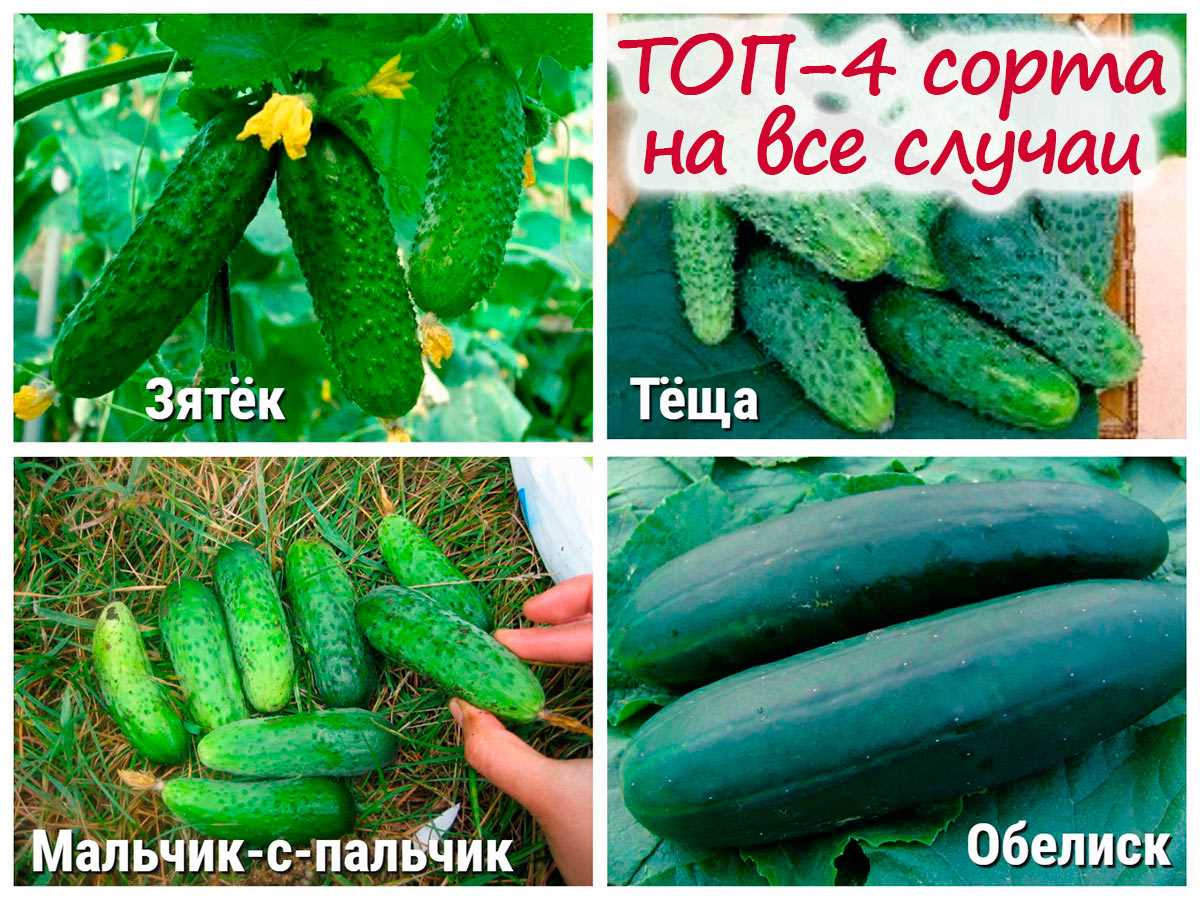
Необычным, но эффективным способом использования урожая огурцов является приготовление огуречных масок для лица. Огурцы содержат витамин С и витамин Е, которые помогают увлажнить и осветлить кожу, а также сократить воспаление. Огуречные маски можно использовать для ухода за кожей лица, улучшения ее состояния и придания свежести и упругости.
Популярные сорта теневыносливых гибридных огурцов

Раннего выращивания гибридные огурцы являются одними из самых популярных сортов для садоводов. Они обладают высокой теневыносливостью, что позволяет выращивать их даже в тенистых условиях. Вот несколько из лучших сортов теневыносливых гибридных огурцов:
Сорт «Зеленый палец»
Этот сорт является одним из самых популярных среди садоводов. Он отличается высокой урожайностью и вкусными плодами. Огурцы этого сорта имеют длину около 15 сантиметров и тонкую кожицу. Они идеально подходят для свежего употребления и консервирования.
Сорт «Лимонный гибрид»
Этот сорт обладает особой устойчивостью к заболеваниям и вредителям. Огурцы этого сорта имеют ярко-зеленый цвет и овальную форму. Их длина составляет около 10 сантиметров. Они восхитительно хрустят и имеют приятный лимонный вкус.
Сорт «Белоснежный гибрид»
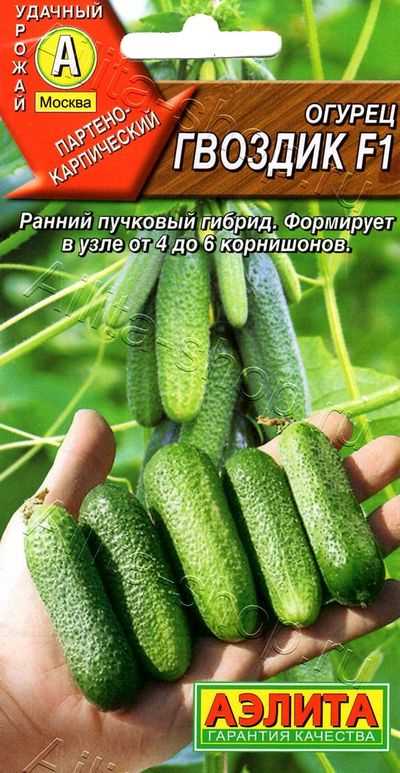
Этот сорт отличается белоснежной окраской плодов, что делает его особенно привлекательным. Огурцы этого сорта имеют длину около 12 сантиметров и гладкую кожицу. Они очень сочные и нежные, идеально подходят для приготовления салатов и закусок.
Выбрав один из этих популярных сортов теневыносливых гибридных огурцов, вы обеспечите себе обильный урожай вкусных и красивых огурцов. При правильном уходе и подходящих условиях выращивания, они порадуют вас своими плодами и позволят насладиться свежими огурцами «пальчики оближешь!».
Вопрос-ответ:
Какой сорт огурца является лучшим для выращивания в тени?
Лучшим теневыносливым гибридом огурца для раннего выращивания является сорт «Пальчики оближешь».
Какие особенности у сорта «Пальчики оближешь»?
Сорт «Пальчики оближешь» отличается быстрым созреванием и высоким урожаем огурцов. Они имеют продолговатую форму, гладкую кожицу и нежный вкус. Кроме того, этот сорт обладает повышенной устойчивостью к болезням и неблагоприятным погодным условиям.
Какие условия выращивания предпочитает сорт «Пальчики оближешь»?
Сорт «Пальчики оближешь» предпочитает солнечные или полутенистые места. Он может быть выращен как в открытом грунте, так и в теплице. Для успешного выращивания этого сорта необходима рыхлая и плодородная почва с уровнем pH от 6 до 7.
Какие уходовые мероприятия требуются при выращивании сорта «Пальчики оближешь»?
При выращивании сорта «Пальчики оближешь» необходимо обеспечить регулярный полив растений, особенно в период созревания плодов. Также рекомендуется проводить подкормки органическими и минеральными удобрениями. Для поддержания хорошей вентиляции и предотвращения заболеваний огурцов рекомендуется проводить прополку и проветривание теплицы или укрывать растения в открытом грунте.
Когда можно собирать урожай сорта «Пальчики оближешь»?
Урожай огурцов сорта «Пальчики оближешь» можно начинать собирать через 45-50 дней после появления первых всходов. Плоды этого сорта имеют длину около 10-12 см и достигают технической зрелости через 5-7 дней после образования.


